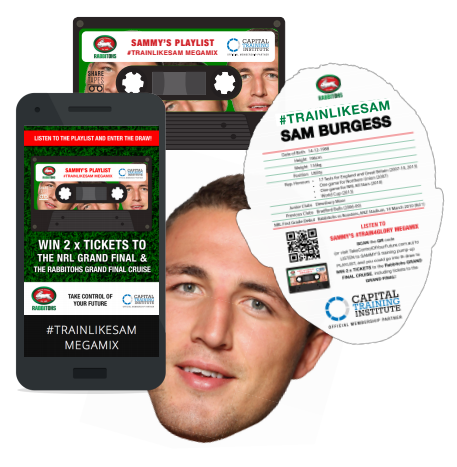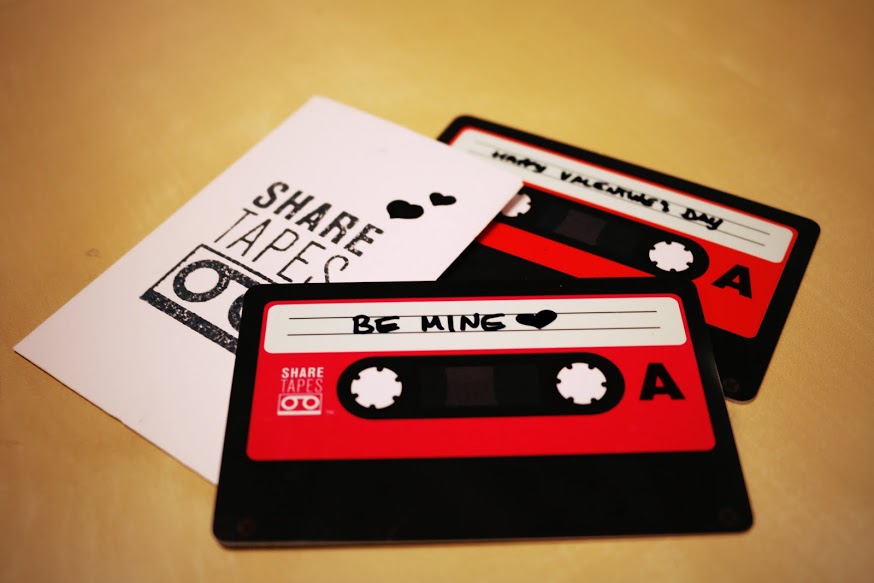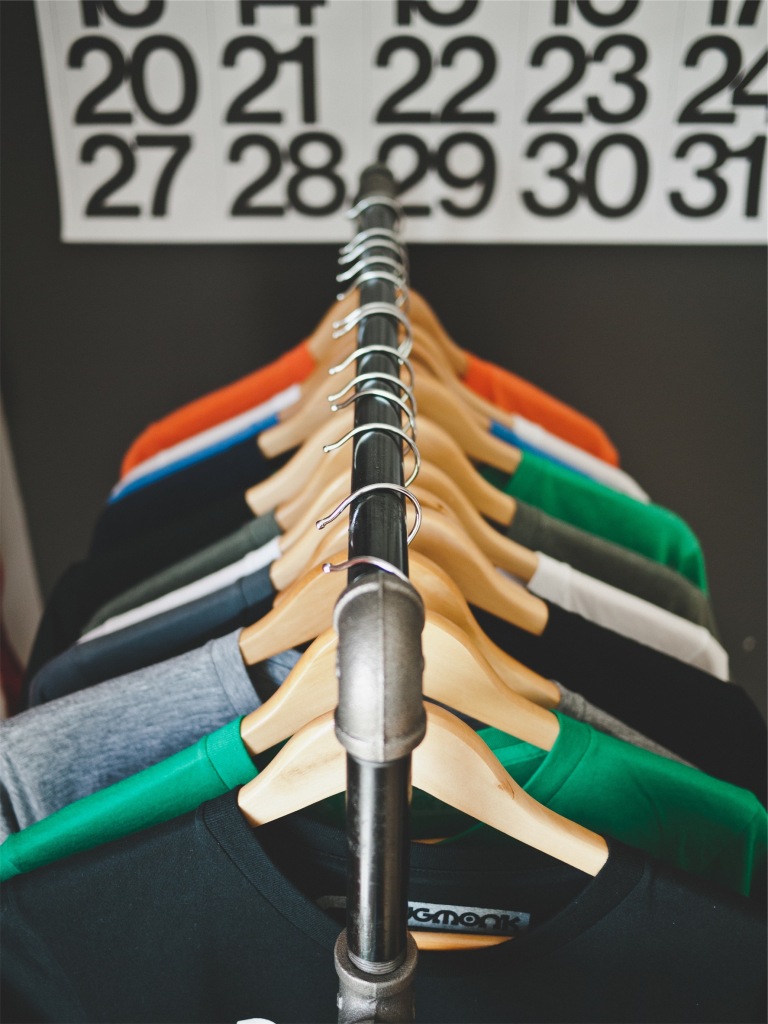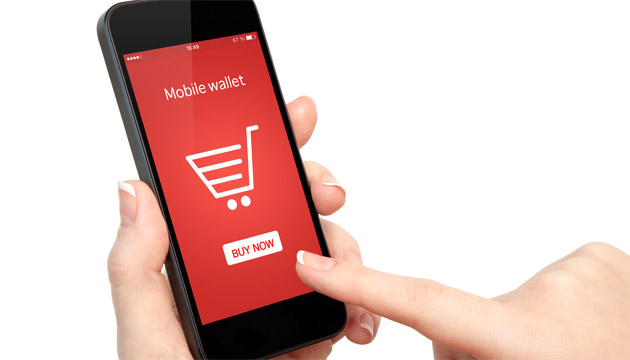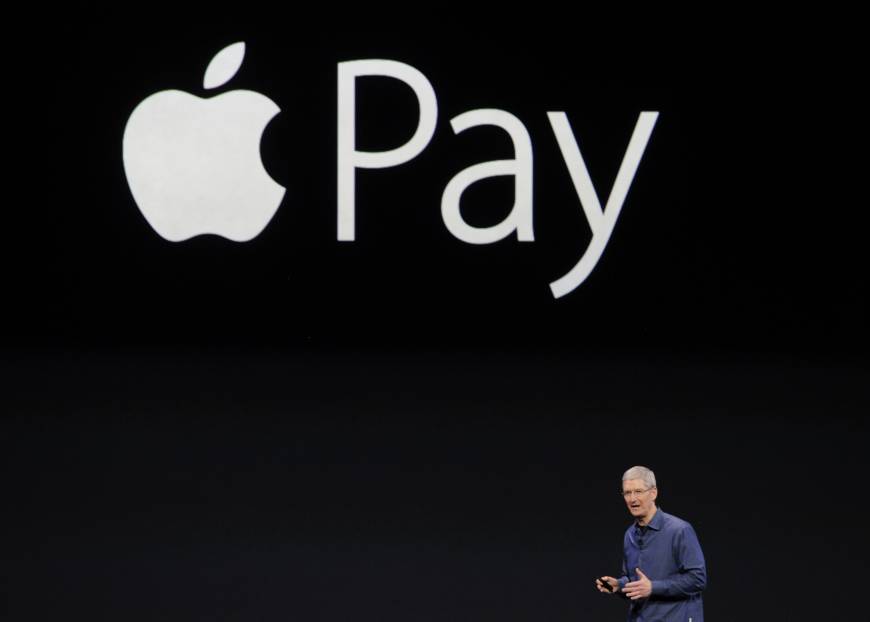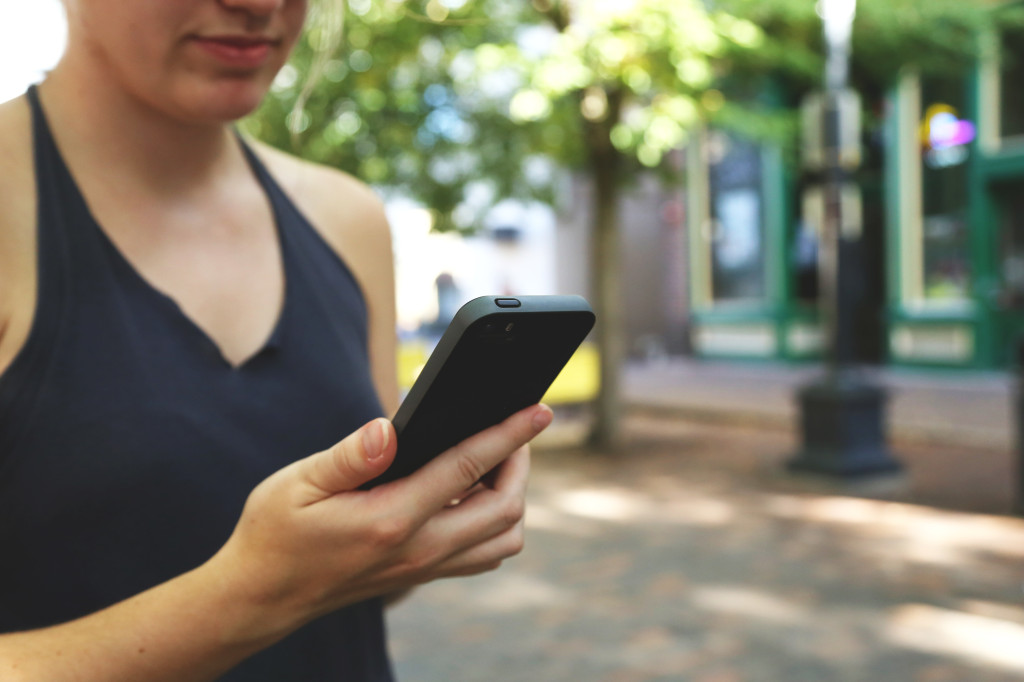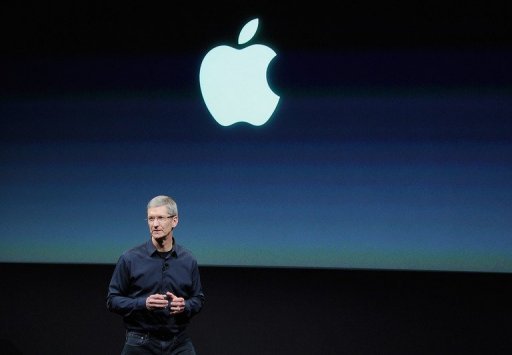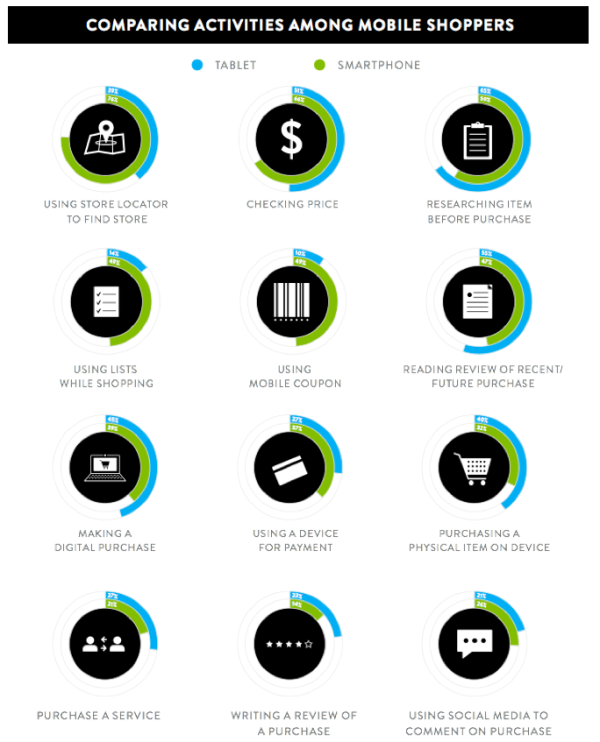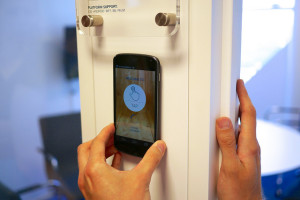Using Mobile to Drive Engagement for CTI and the South Sydney Rabbitohs
At Tacitfy we make mobile marketing simple. Connecting traditional marketing materials like posters and flyers with mobile can create highly engaging campaigns and drive results for brands. By allowing users to interact with mobile apps or webpages, your brand can provide more information and relevant content. Having well-designed physical materials, apps and websites with content that is engaging and relevant to your users are key factors to a successful mobile marketing campaign.
We worked with Capital Training Institute (CTI) to build a mobile marketing campaign for the South Sydney Rabbitoh’s members weekend campaign. CTI is a Registered Training Organization (RTO) and the official membership partner of the South Sydney Rabbitohs national rugby team. Their goals were to increase brand recognition, direct users to enter the Grand Final VIP ticket competition and encourage user generated content on social media with the hashtag #trainlikesam in reference to the Rabbitoh’s team captain.
To engage fans and drive them to the Grand Final ticket draw, we created custom Sharetapes that were handed out during Australia’s popular “The Footy Show” and printed Sam Burgess face masks equipped with QR codes to be distributed on game day. The QR codes (and banner advertisements) drove users to a special microsite where fans could enter the competition, stream a customer Spotify playlist and view more information on CTI.
The microsite received over 1,000 unique visitors and hundreds of entries for the Grand Final ticket draw. The hashtag #trainlikesam trended at number five on Twitter and was tagged on more than 430 posts on Instagram. By combining traditional marketing materials with mobile we were able to drive more user engagement and brand recognition for CTI and the South Sydney Robbitohs.

